What do the following famous people have in common: Mary Queen of Scots, Queen Victoria, Tsar Nicholas I, Charles Dickens, King Charles I of Portugal, the Duke of Wellington and Kathleen Kennedy (JFK’s sister)?
One answer (there may be others) is that all have visited Chatsworth. Most of the above were willing guests but not, of course, Mary Queen of Scots who was imprisoned at Chatsworth by Elizabeth I for long periods.
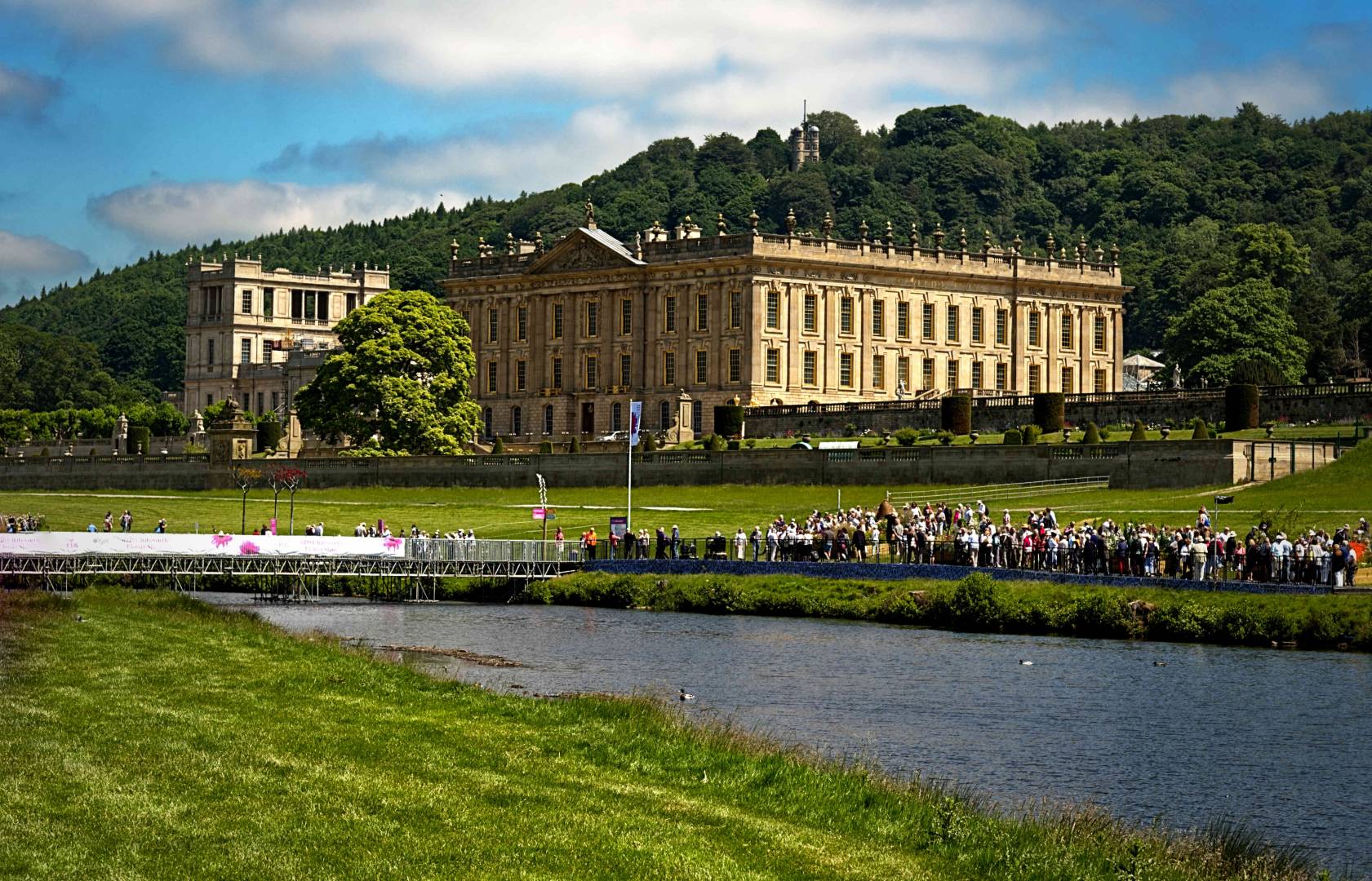
Kathleen Kennedy was a different case altogether. She was married in May 1944 to William Cavendish, Marquis of Hartington, elder son of the 10th Duke of Devonshire. Unfortunately, in September the same year, he was killed in action in Belgium and tragically Kathleen herself died in a plane crash in 1948.
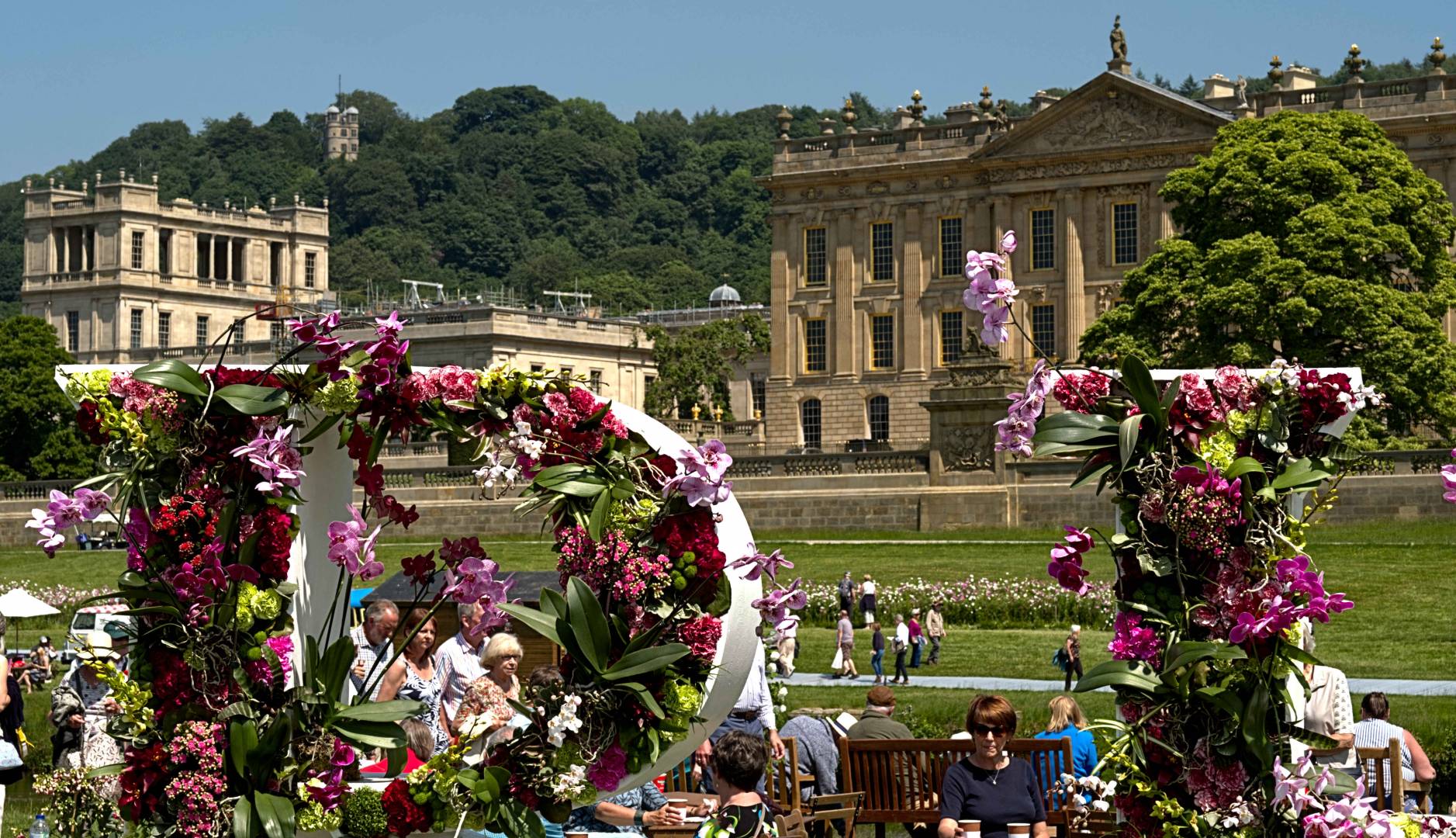
This piece was originally intended to be called A Day Out At Chatsworth House. However, my pictures were taken over more than one day since there is so much to see. In any case, I can show only a small selection of what the house, gardens and estate have to offer, in
The gear
The images are taken with my Fuji XT2 and X-T20 and three lenses: the 16mm f/1.4 prime, the 56mm f/1.2 prime and the 50-140mm f/2.8 zoom. The wide-angle 16mm is a first-class lens which is weatherproofed and has served me well. But I am increasingly using the f/2.8 zoom by reason of its flexibility and OIS (optical image stabilisation).
The short telephoto 56mm is a great lens too and, as it shows above, its not just a portrait lens. By general acclaim, all three lenses display excellent image quality, although the primes understandably just get their noses in front.
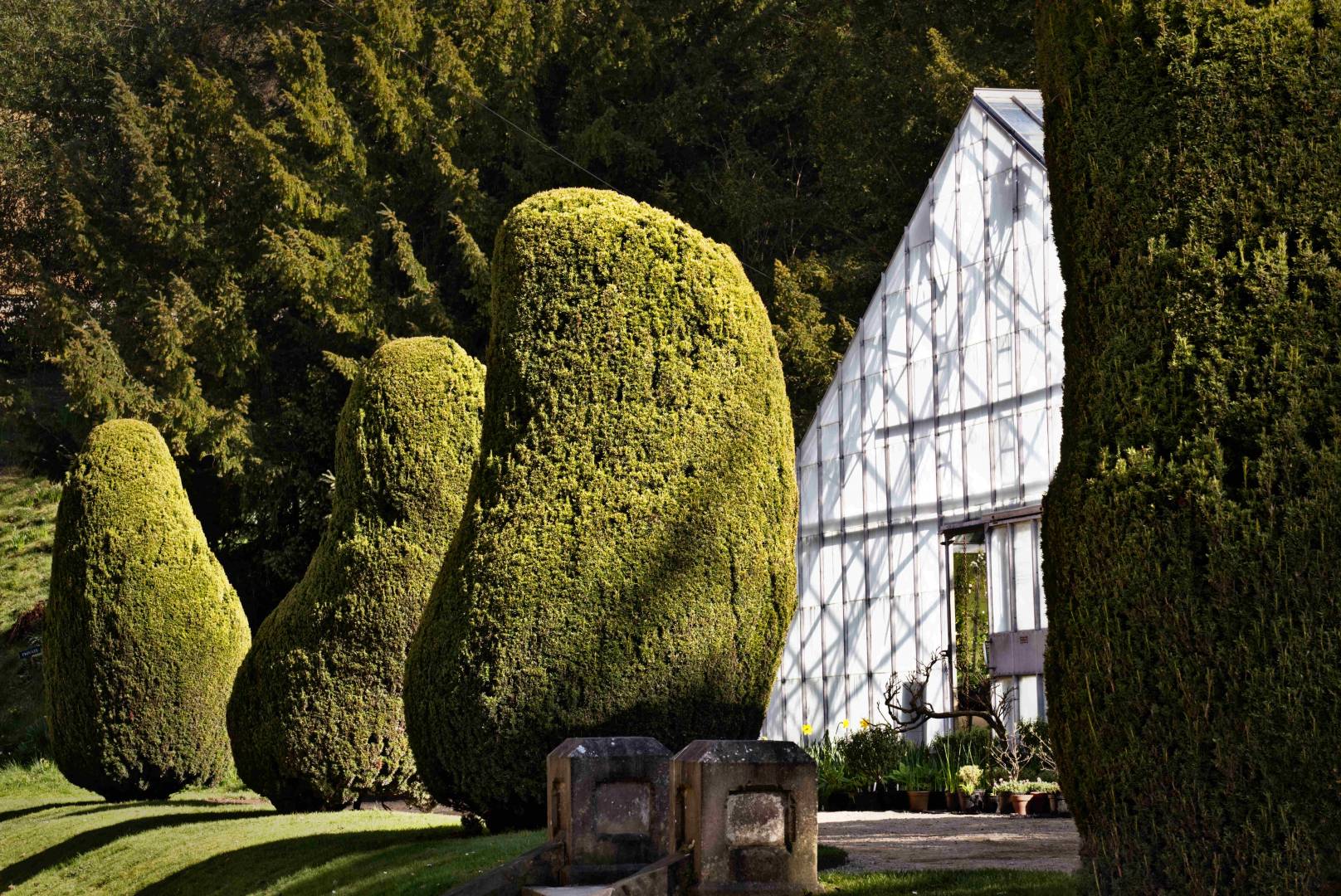
Among the stately homes of England, it would be difficult to dispute the claims of Chatsworth House in Derbyshire to be considered in the highest rank. In my opinion, it unites the many high qualities demanded of a stately home to a degree scarce rivalled by any other I have visited. It is a claim I hope to justify below.
Despite being relatively isolated in the Derbyshire Dales, Chatsworth attracts over 600,000 visitors a year. It is therefore not only the biggest attraction in a county which also boasts the excellent Haddon Hall (“more glass than wall”) and Hardwick Hall1, but it is also a heavy hitter in the league of all attractions outside London.
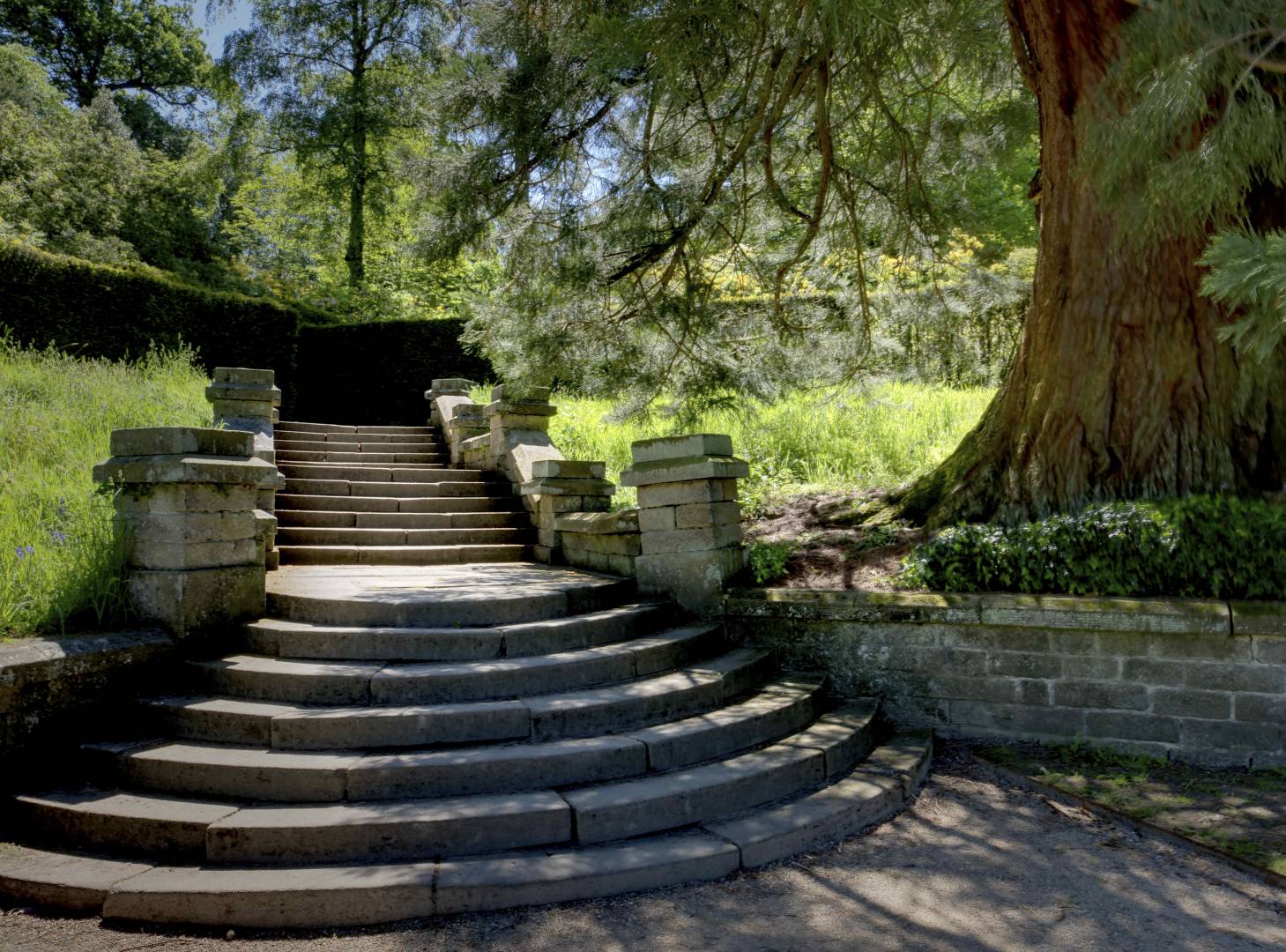
My parents first brought my brother and me on a day trip to Chatsworth in the 1950s. As was the case for so many other stately homes, the immediate post-war years were a very difficult time.
Before he died in 1950, the 10th Duke of Devonshire had transferred his assets to his son. Unfortunately, his death occurred just weeks before the date that the requisite tax exemption on these assets could be claimed. Crippling death duties of 80% of the total assets were therefore levied and it took seventeen years to settle the gigantic bill with the Inland Revenue.
Chatsworth was retained in the family only by the narrowest of margins. For reasons I set out below, we are fortunate indeed that Chatsworth has remained in the guardianship of successive Dukes and Duchesses of Devonshire. Why do I hold Chatsworth in such high regard? Let’s look at the highlights.
Location
In the Derbyshire Dales, north-east of Bakewell, the Chatsworth estate is set on the banks of the River Derwent in a flawless location. The house backs onto a steeply wooded hill and looks across to the range of hills between the Derwent and Wyre valleys. The house, gardens, park and woodlands are immaculately tended and sheltered by the surrounding higher ground.
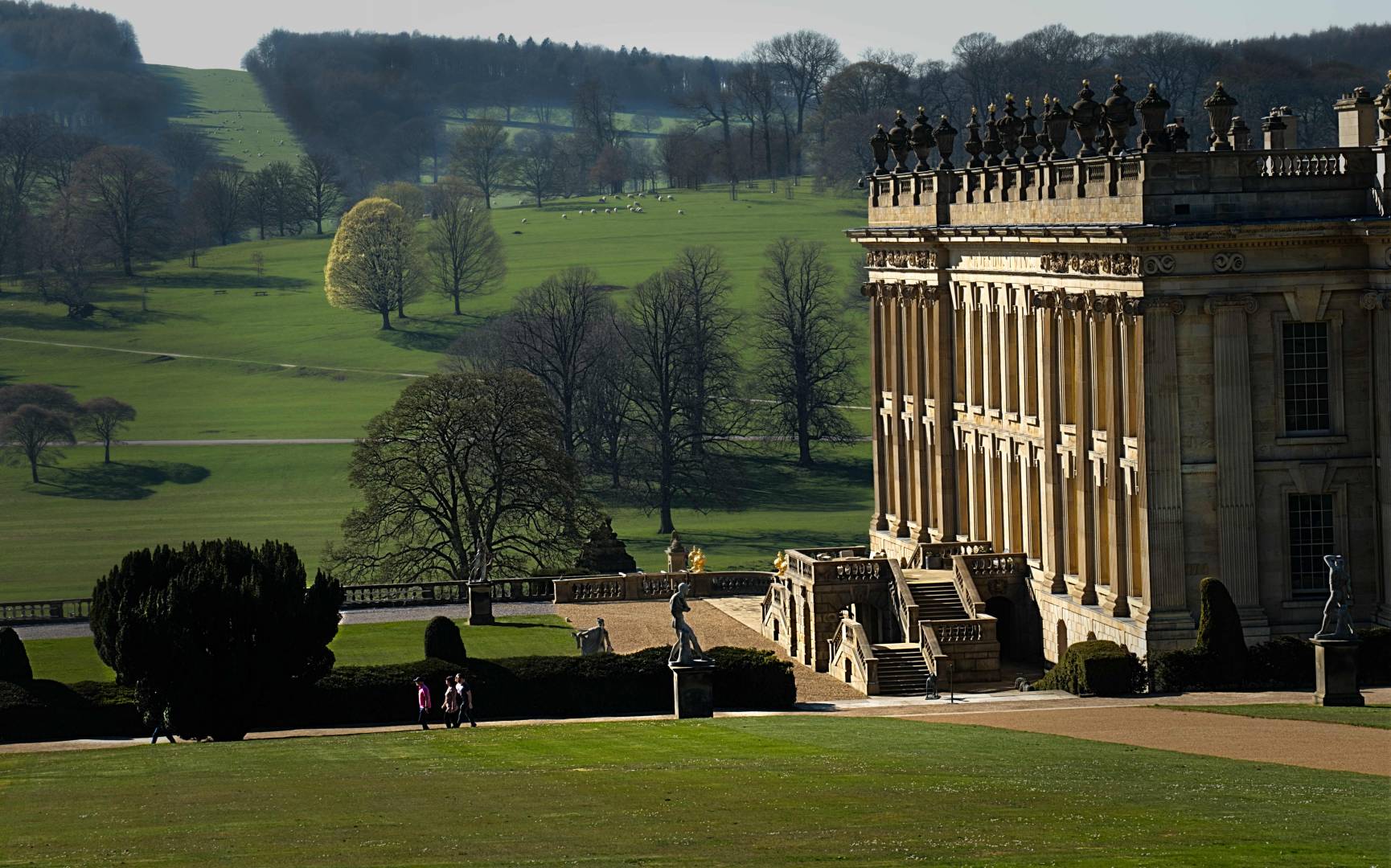
The landscape at Chatsworth was redesigned by Lancelot ‘Capability’ Brown for the 4th Duke between the late 1750s and 1765. The park covers 1,000 acres and is enclosed by a 15km-long drystone wall and deer fence.
As the Chatsworth website notes: “Chatsworth includes all Brown’s signature features: smooth rolling grassland running up to the house, a natural-looking lake, trees planted singly, or in belts and clumps, particularly on hills, and carriage drives with carefully planned views.
The drive he created at Chatsworth, with falling parkland in the foreground and views of the bridge and the house beyond, backed by steeply rising wooded slopes, is one of the most impressive approaches to a country house in England.”
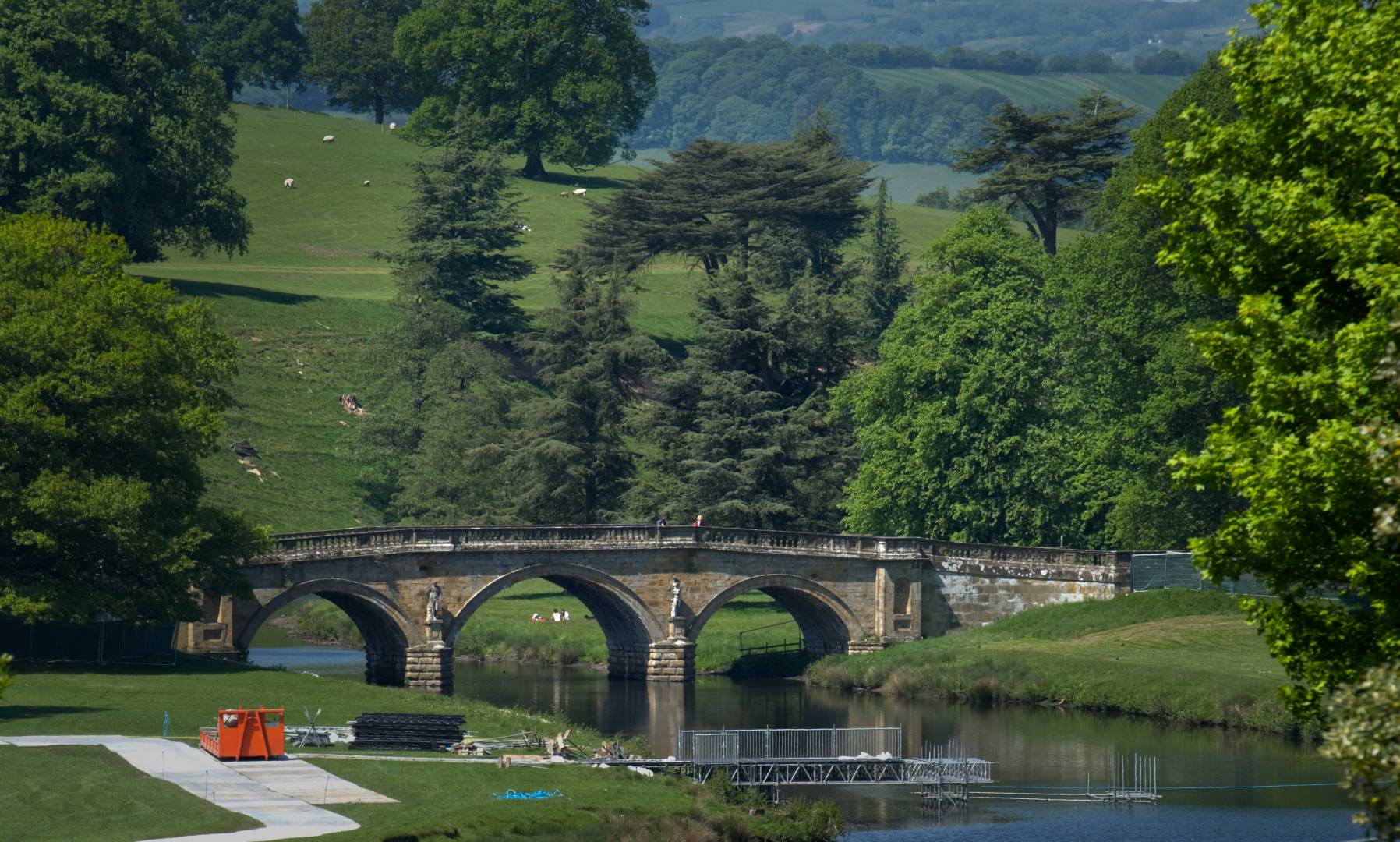
Investment and future planning
Since the dark days of the post-war period, the Chatsworth House and estate have been renewed and developed as a result of the long term planning and investment by the Dukes and Duchesses of Devonshire.
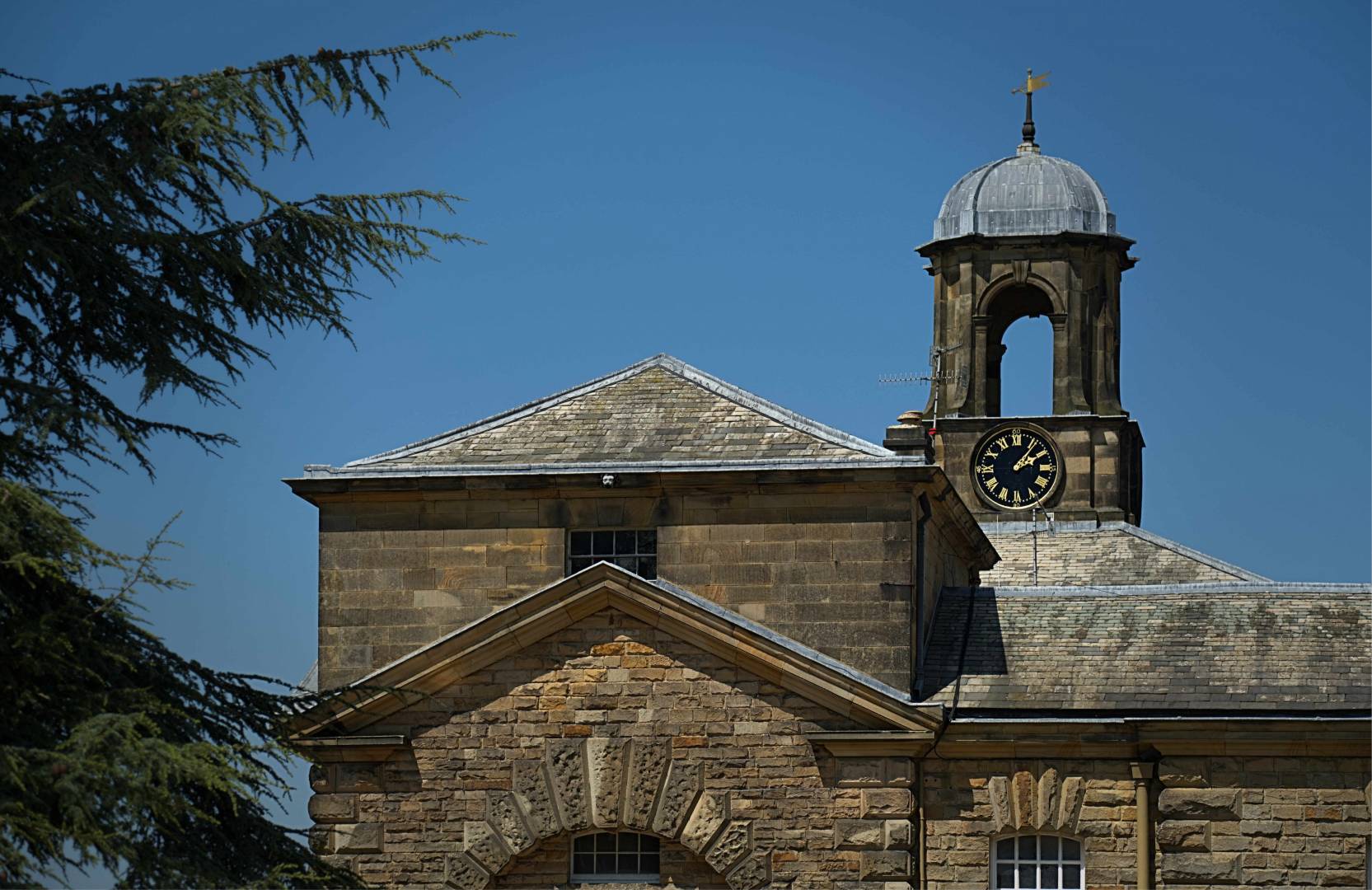
As one example, the house has only recently completed a ten-year £32m renovation programme, including roof restoration, exterior stonework repair and cleaning, statue and tapestry cleaning and gilding of the windows on the south front with gold leaf. This program was completed in 2018 and the results are frankly amazing.
The good thing is that this forms part of an ongoing long-term plan designed to maintain the house, as well as progressively to bring more rooms into public access. Such a continuing investment programme would have been far beyond the resources available to The National Trust, for example, had the estate passed out of family ownership. The result is that the whole house and estate feel very well looked after and in good hands.
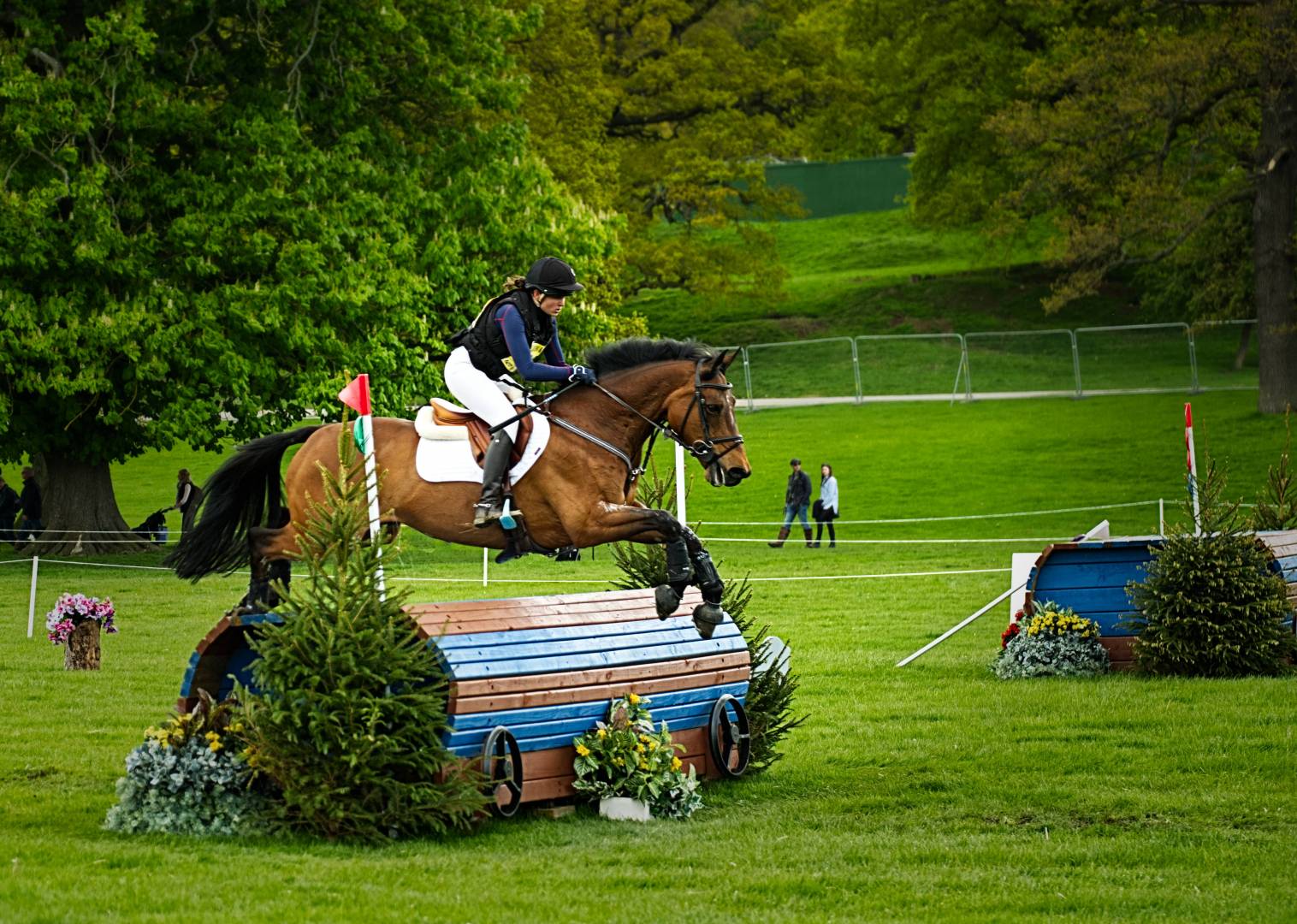
Events and income
The impressive aspect of the way the house and estate are managed is the steady increase in income generated from both traditional events and new attractions. The Chatsworth House year is punctuated by events such as The Christmas Market, the Chatsworth International Horse Trials and the RHS Flower Show, but there are many other lesser occasions.
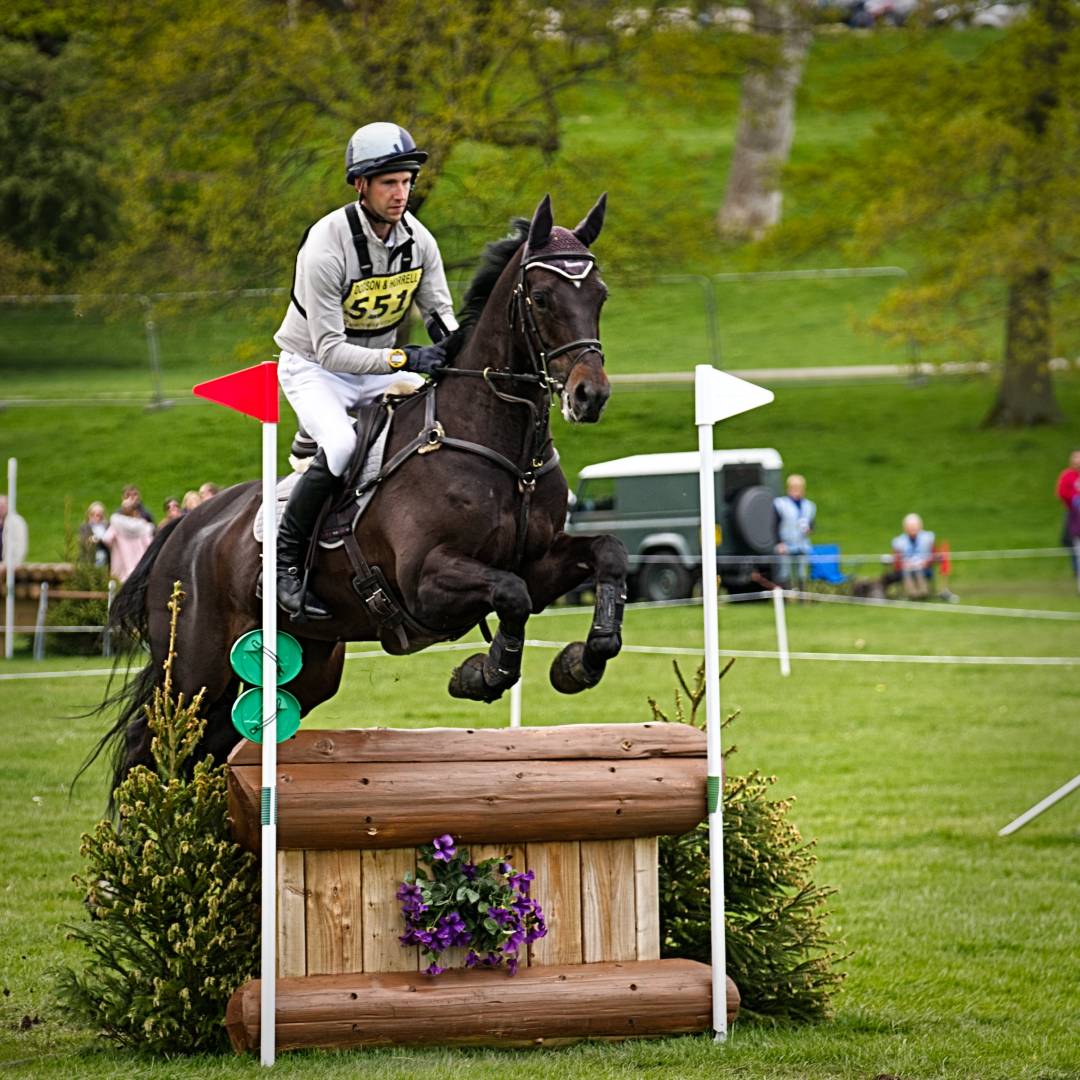
This cash stream is of course a vital part of ensuring continued investment. It is clearly important that the rise in visitor numbers is managed so that the very attractions they come to see are not degraded. It would be easy to destroy the harmony and unspoilt nature of the whole enterprise. New attractions must inevitably pass a stiff test before they are put into the programme
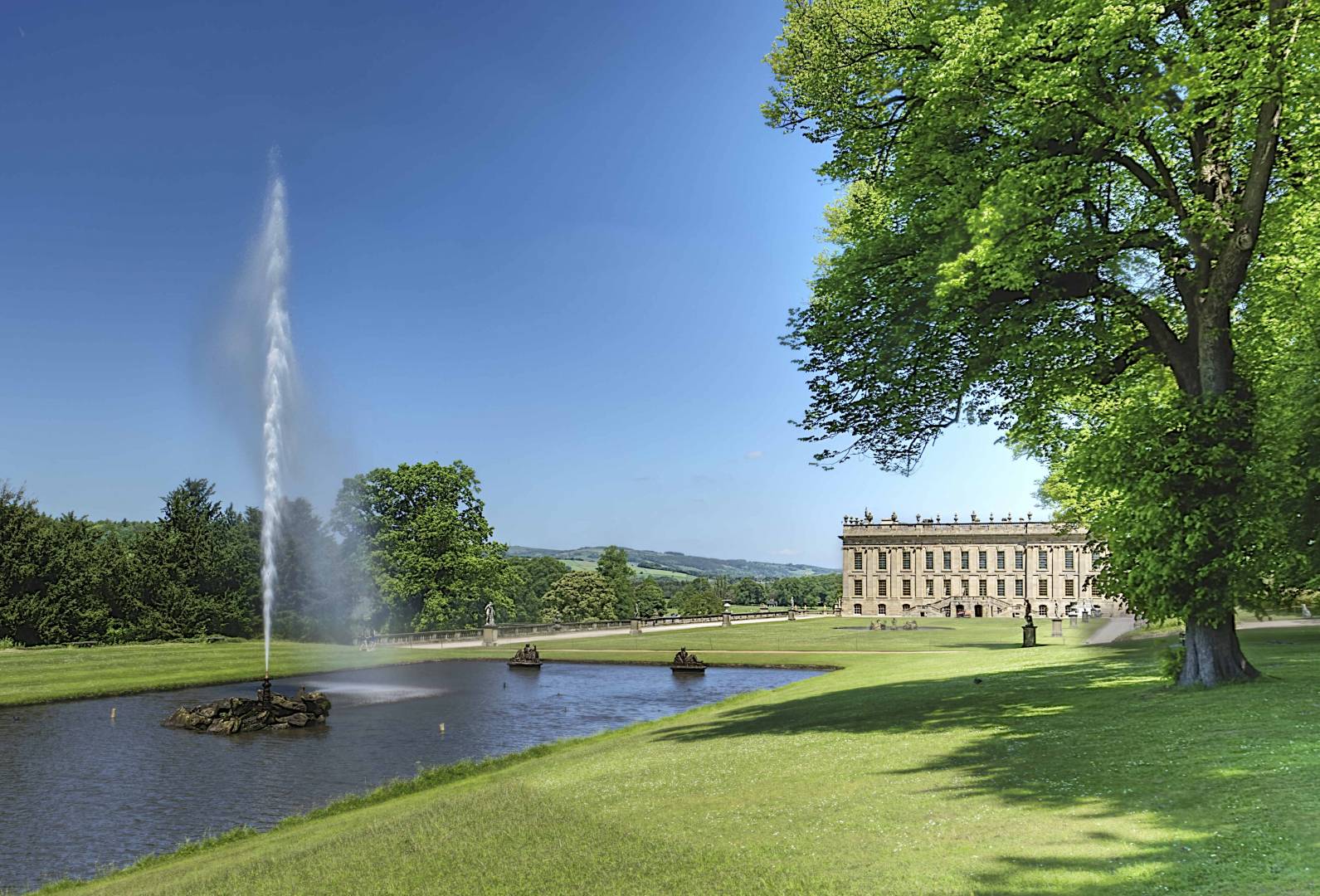
The Emperor Fountain
In 1843, it was expected that Tsar Nicholas, the Emperor of Russia, would visit Chatsworth in 1844. The then Duke decided to build a fountain for this visit to be even taller than the tallest of the Czar’s fountains at the Peterhof in St Petersburg.
Joseph Paxton was given this task and succeeded in creating a gravity-fed fountain which could reach a height of 90 metres. Unfortunately, the Tsar’s visit did not materialise. Nowadays, the fountain is normally confined to a height of 60 metres and operational hours are restricted in order to conserve the water supply in Emperor Lake, high on the hill behind the house.
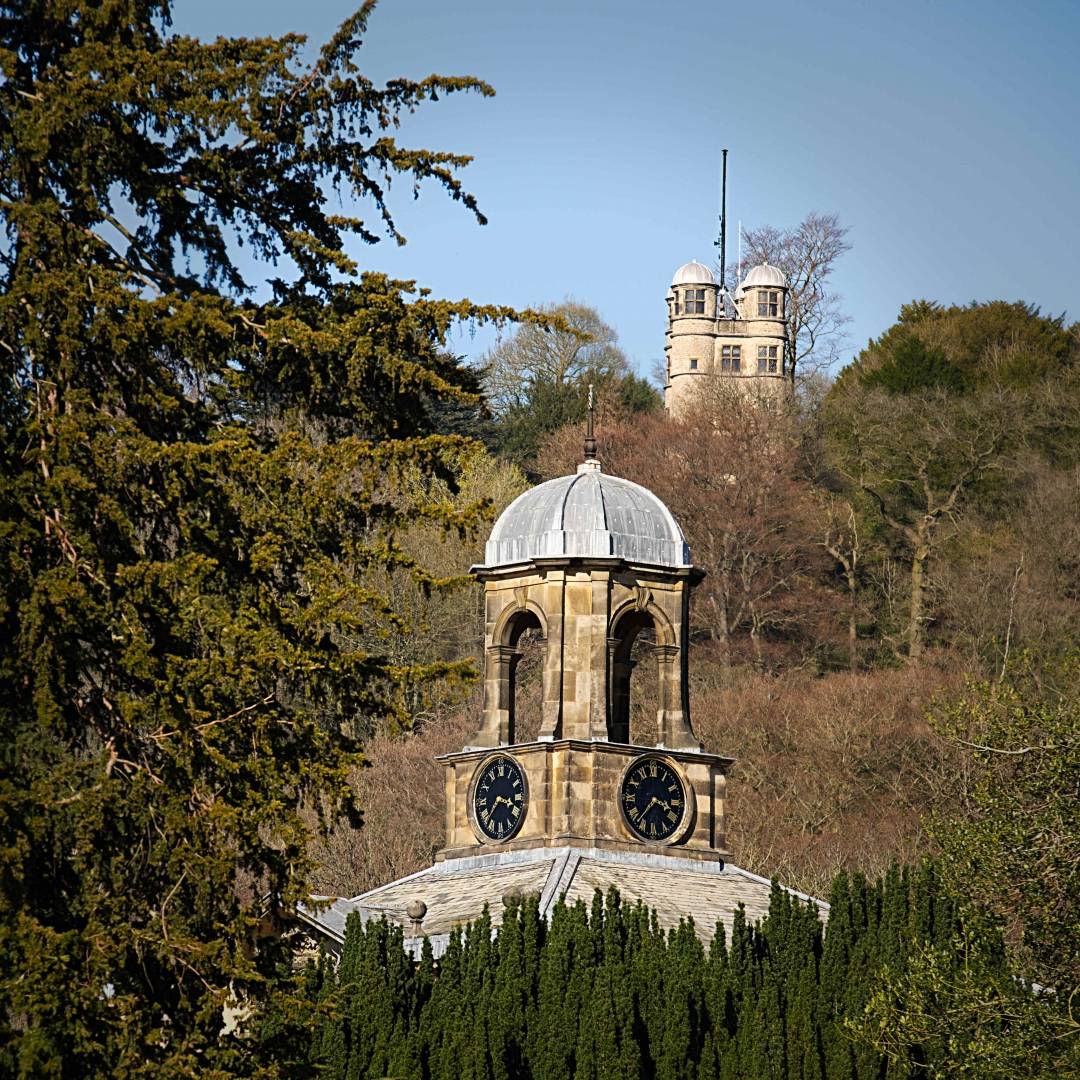
Photography
Visiting Chatsworth is a great experience for a photographer since the house, the gardens and the estate offer so many opportunities. Derbyshire could not be accused of being short of rain, something which plays its part in making the estate and gardens look fabulously green and fresh.
However, seeing the wonderful local limestone of Chatsworth House glowing in the morning or evening sun is magical indeed. There is so much to be photographed. Although some of this is of course equally applicable to various other country houses, the unique feature of photography at Chatsworth is that there are great shots in almost every direction. The house, gardens and park around the Derwent are easily accessible and all have marvellous panoramic views.
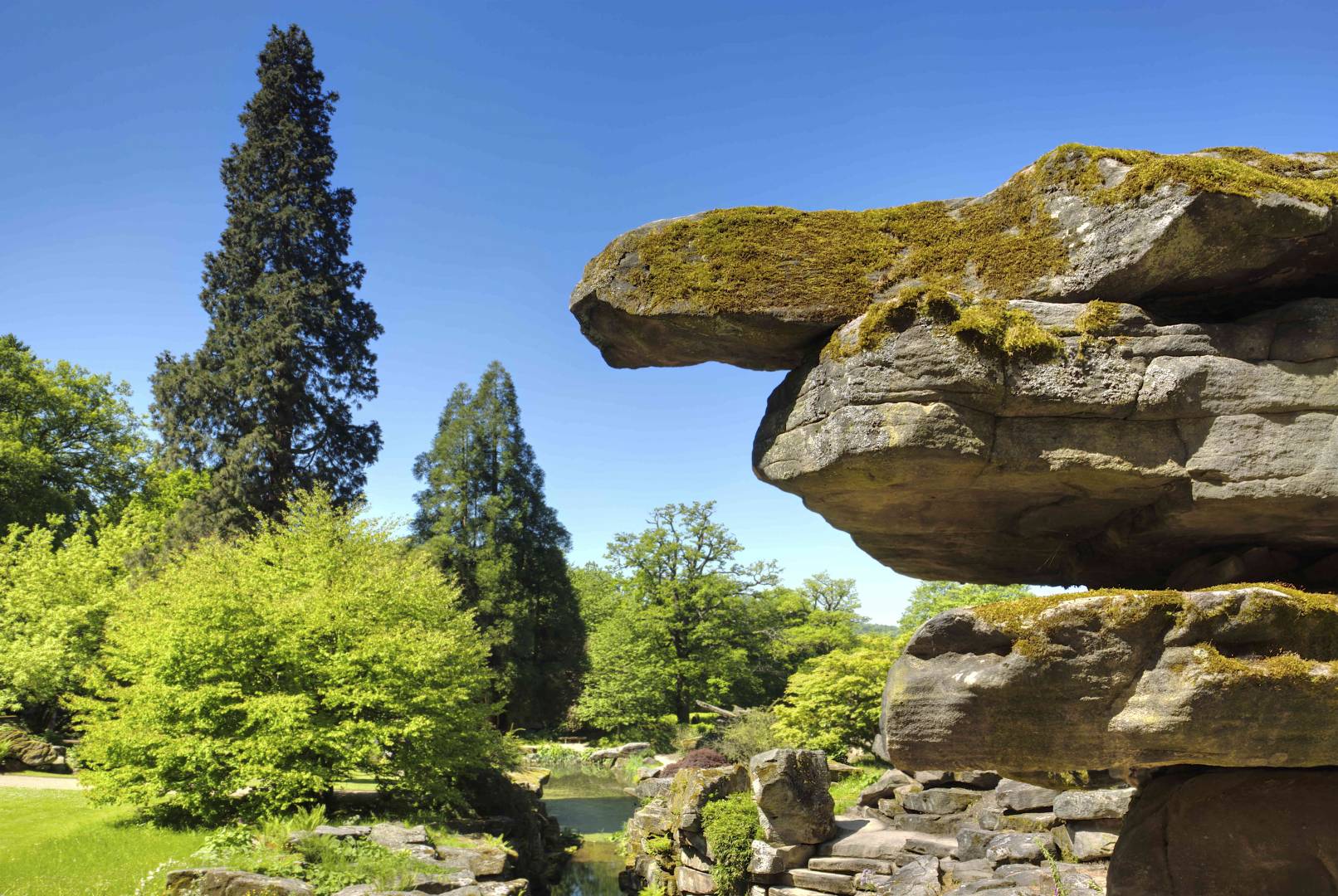
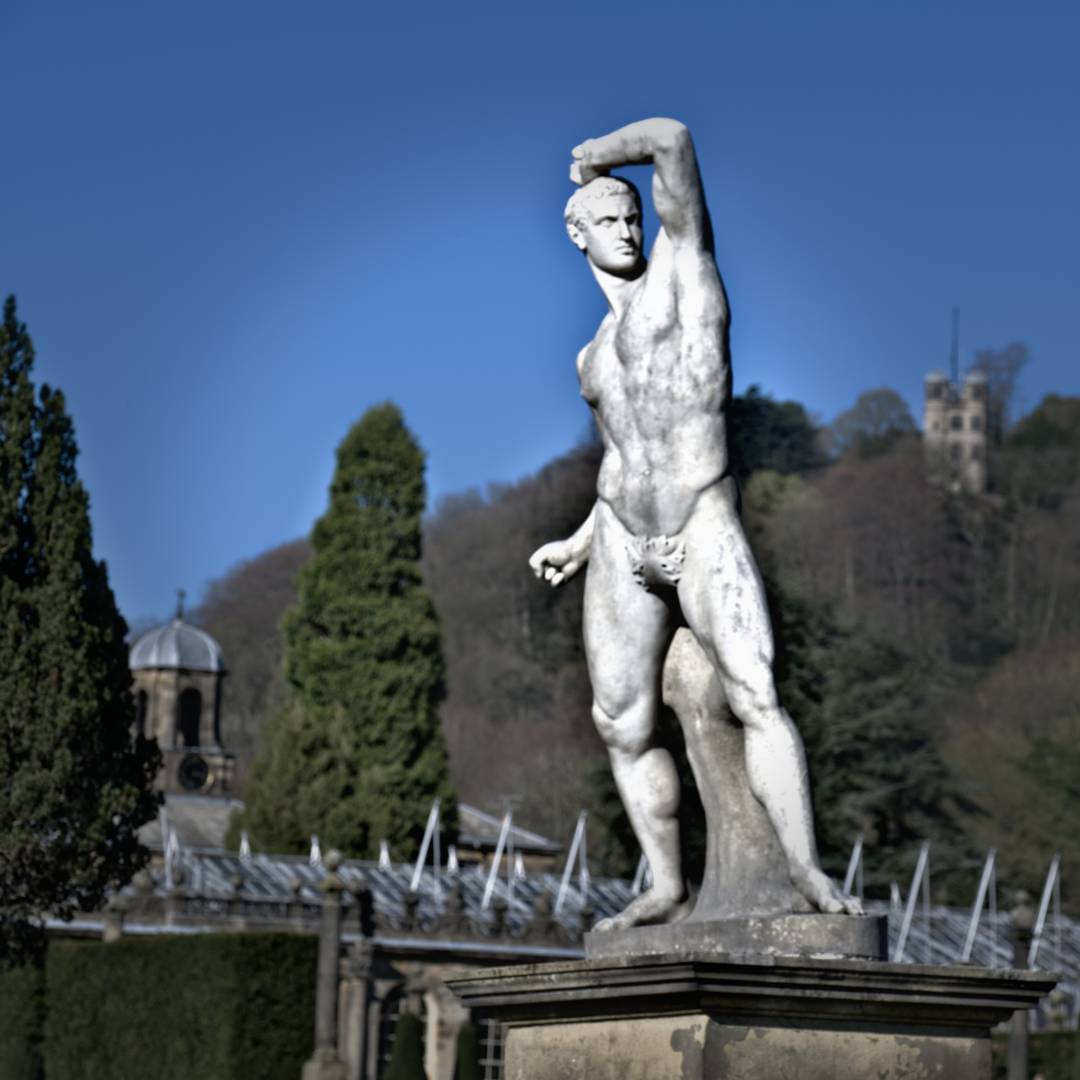
For information I am reproducing part of Chatsworth’s official guidance on photography from their website:
Photography and videography for personal use
is welcome,however tripods and lighting equipment may not be used in the house, garden or farmyard and selfie sticks may not be used in the house. Flash photography may also be restricted in the house and drones are not permitted anywhere on the estate. Professional photography is not permitted, and photographs taken on the estate may not be sold or used for any commercial or promotional purpose.
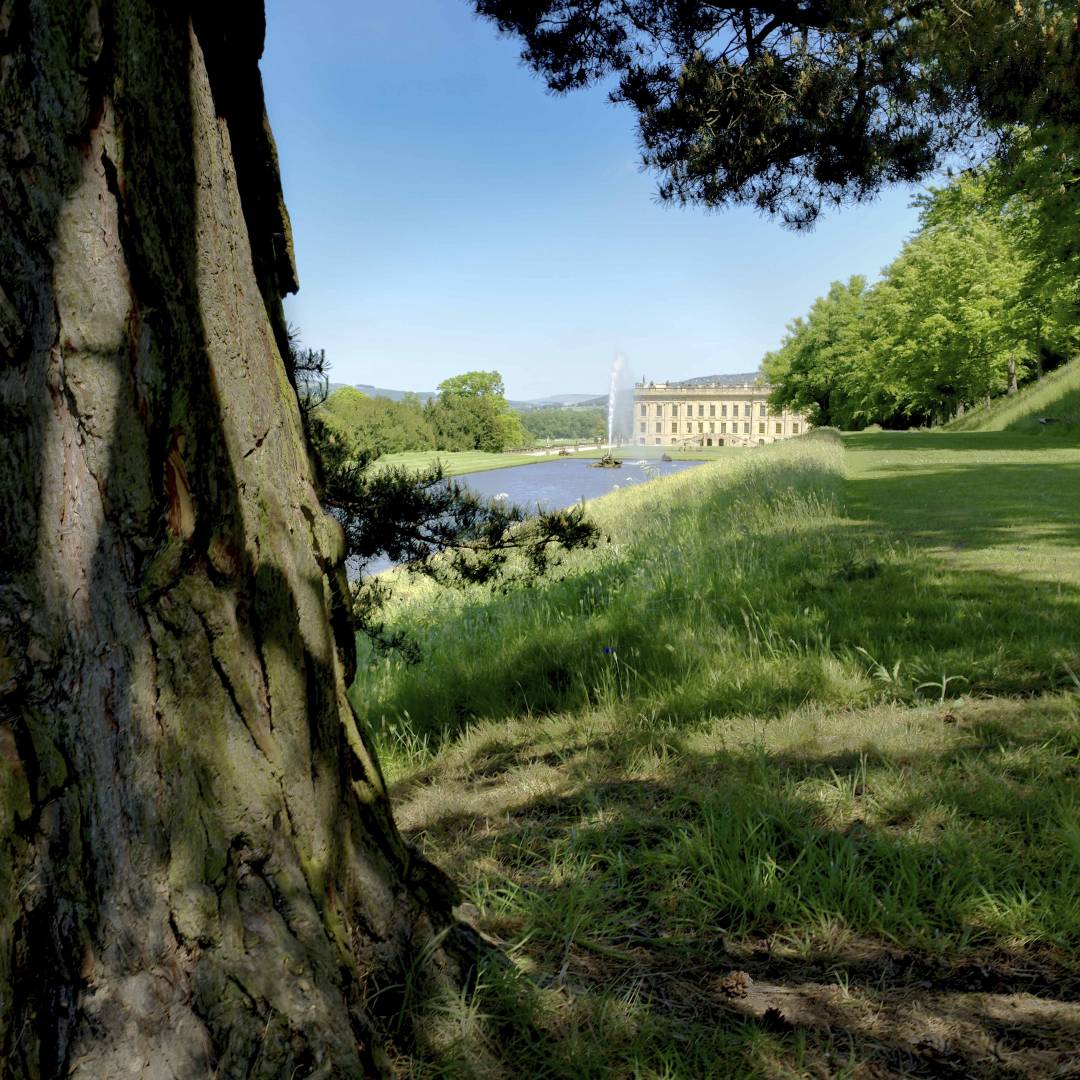
Unity
There is a unity about Chatsworth’s place in the countryside. The estate includes several villages including Pilsley, Edensor (pronounced Ensor) and Beeley which essentially belong to and are run by the Estate Trust. This means that the inhabitants are predominantly those who work on the estate or rent their property from the estate. Village development is monitored and in many cases financed by the estate. Building materials and colour schemes are sympathetic and co-ordinated.
The Devonshire Collecton
Chatsworth contains The Devonshire Collection, comprising
- Hundreds of paintings by amongst many others Veronese, Sir Joshua Reynolds, Lucien Freud, Pietro Annigoni, Sir Edwin Landseer
- Sculptures in a large internal gallery, including works by Canova, and externally around the grounds
- Furniture including cabinets by Jensen, royal cabinet maker to four monarchs.
- Silver chandeliers etc
- Ceramics particularly blue and white Delftware made fashionable by the 1st Duke and Duchess who were friends with Queen Mary II (of William and Mary)
- Books – 30,000 in several libraries
- Minerals – a collection started by Duchess Georgiana in the 1780’s
- Tapestries – Many textiles and tapestries which are maintained by their own team of textile conservators.
Refreshment
During the visit to Chatsworth House and gardens, refreshment is definitely required! Fortunately, there are excellent restaurant, buffet and snacking facilities which are mainly concentrated around the stable block close to the house. There is also a first-class farm shop nearby which offers an outstanding range of fresh meat and vegetables from the estate , as well as many other ranges of locally sourced products.
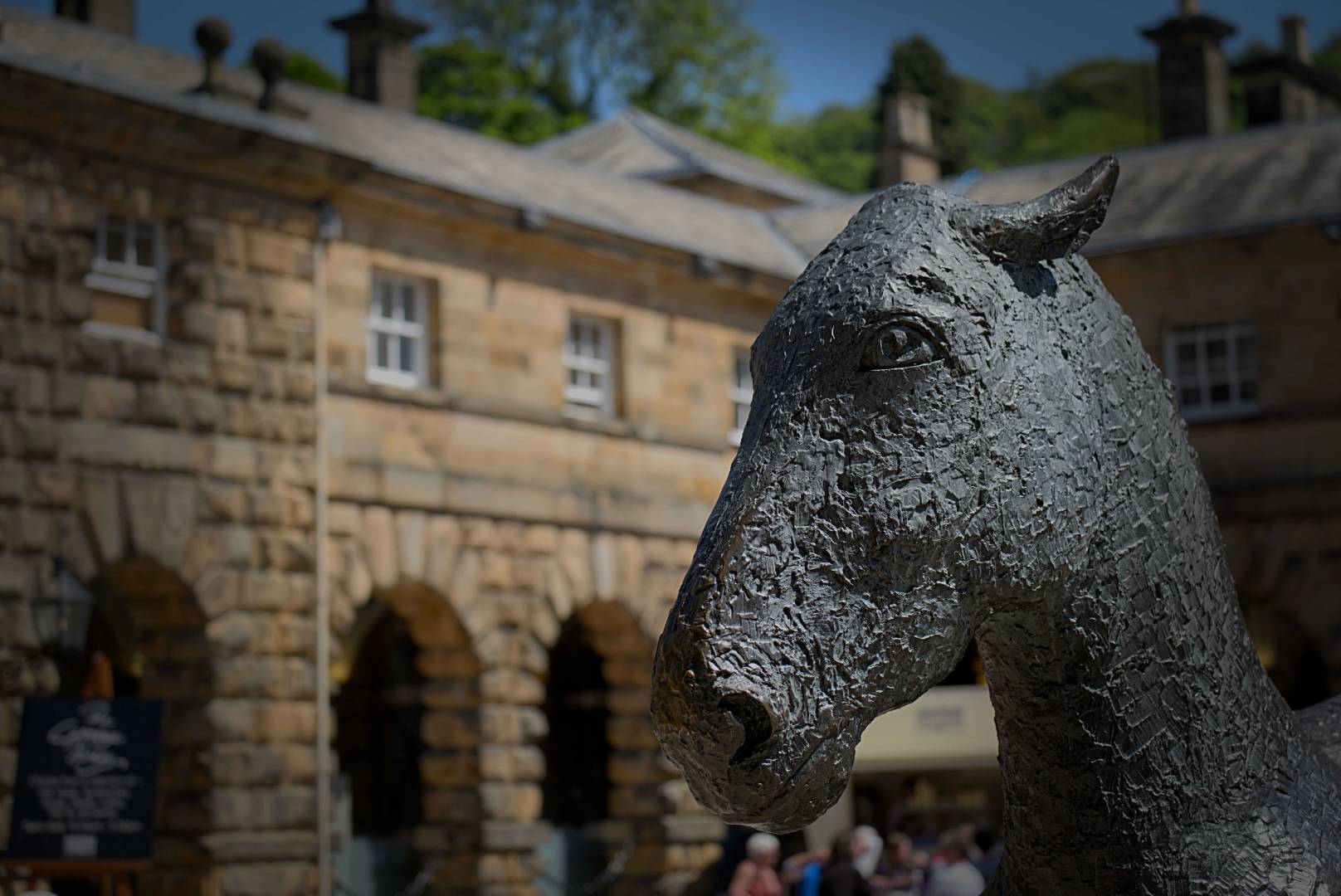
I trust that by now all of you who have not yet visited Chatsworth House and Estate are already making firm plans do so without delay. It is without question worth the journey from anywhere in the UK and indeed from far beyond. When you do go there, you can be sure that Chatsworth House and Estate will cast its unique spell upon you. Prepare to be enchanted.
- Bess of Hardwick 1527 – 1608 married Sir William Cavendish, as her second husband of four, and the pair built Chatsworth House with the money he had made in Henry VIII’s service. ↩

Thanks the advice, David, as I haven’t seen the film yet but want to do so.
Looks a lovely estate, and well captured by the Fuji (and more accurately, by its user!).
If/when I ever get to the UK, the North will get plenty of my attention. I blame my grandpa for instilling a love of James Herriot in me ……..
Thank you Jason.
Yorkshire people refer to Yorkshire as “God’s own County” which is a fair description of the Yorkshire Dales, including James Herriot country. However, the county of Derbyshire, in which Chatsworth is situated, borders Yorkshire and its Peak District area has also been amply blessed by the Good Lord.
I respond warmly to your decisive commitment to the North. Make sure you visit both Derbyshire and Yorkshire!
Being Derbyshire born and bred I have to dispute the claim Yorkshire is God’s own County, surely they must mean that bit of Derbyshire they nicked when the boundaries changed?
I stand corrected! My father was born in Buxton so he would have been on your side…….
“..My father was born in Buxton..” b-b-but; oh – no, it’s the other David Bailey whom I knew whose father came from Leytonstone. (But maybe you’re the David Bailey whom I was at college with in Manchester ..no, no; he’d be about seventy-something ..I’m getting really confused now!)
Incidentally, Chatsworth gets a mention near the start of the ‘Downton Abbey’ film, when Dawson? Dobson? Carson says how, er, unimportant it is compared with Chatsworth!
David, This is an elegant write-up and the photos illustrate the Chattsworth House at its most grand. I have not had the pleasure of a visit there even with extensive travel to the UK; until your article I was unaware of its existence. Well done, you have enchanted me!
Thank you, Craig. When you do visit Chatsworth, remember that in the same county of Derbyshire, only a few miles away, are the other two gems Haddon Hall and Hardwick Hall. There is also the elegant spa town of Buxton with amazing Georgian and Victorian architecture. You could spend three or four days to do the lot properly but if time is very short go to Chatsworth! Glorious Derbyshire in the sublime North of England! (Apologies for sounding like a travel agent but the North has no difficulty in competing with the relatively over-visited South of England!!)
…… and relatively overpopulated south…..
..and when in Buxton, don’t forget the teeny, and gem-like, beautiful 902-seater tiny Buxton Opera House!
Exactly, designed by Frank Matcham and opened 1903. The Opera House is hard by the lovely Pavilion Gardens, opened in 1871 and designed by Edward Milner, who had been an apprentice of Joseph Paxton at Chatsworth itself. A nice connection.
David Glasco
You have presented us with a wonderful article that has combined technical photo information and beautiful pictures as well as historical information about the estate and it’s wonderful care over many years. I certainly want to plan a visit. Thanks for bringing Chatsworth to us.
Thanks David. As above, I attach a link to the Chatsworth events page:
https://www.chatsworth.org/events/
and recommend also the Christmas market.
A lovely article David, thanks. The jumping horses are captured perfectly and the picture of the house in the background with the tree framing it stays in my mind. I visited the house in the past and must do again. Town living tends to make me more downtown alley than Downton Abbey so a visit might redress the balance.
Glad you enjoyed the article. I attach a link to the events page on the Chatsworth website in case this helps you decide to revisit:
https://www.chatsworth.org/events/
There is also the Christmas market coming up.
I like Chatsworth trip and checking out One Up and One Down, my question how come that Glorious estate has not been used like Downton Abbey andthe little place surely someone in Harry Potter gang should live there. Just wish I were the traveling sort so I could admire both. I sympathize with the slogging, I’m your age.
I expect its turn to star will come. There have of course been several documentaries about Chatsworth but not yet, I think, a “Downton” equivalent. Maybe the eventual arrival of “the Northern Powerhouse?”
It’s a truly extraordinary place. I first went there in 1985 when the ad agency I worked for was shooting a commercial on the approach bridge and at other locations in the Peak District. It was beautiful but FREEZING cold! Never really had time to even take a quick tour around it.
I took my wife 4 years ago and one of the things you realize is that the estate seems to have “balance” and “proportion” – everything feels as intended with nothing too glitzy or ostentatious.
As you say you could make several trips and still not cover the same ground: and it changes beautifully through the seasons. It’s well worth the trip.
Well said, Le Chef. It is I understand still popular with ad agencies for the same reasons. I can imagine shooting commercials is not always as glamorous as we imagine!
No need for “driveway slogging” since you can park a few yards from the house and the stable block restaurant area and then straight into the gardens nearby.
I don’t need to extol the attractions any more than I have already; the six hundred thousand visitors a year are testament to Chatsworth offering something for everybody, well everybody except apparently yourself!
You are of course allowed not to like ancient houses but it would be better to save your final judgement on Chatsworth until you have visited it again and seen for yourself what sixty-three years of assiduous management has done to improve the house, garden and estate since your last visit. Then I would indeed properly respect your opinion.
Never tried 3D.
For my ninth birthday – that’d be in 1956, International Geophysical Year, if my memory serves – my Auntie Jean dragged me to Chatsworth ..and I well remember the weary slog along the mile long drive ..there, and again back!.. and it really wasn’t anything which I – at nine – was interested in, apart from the gravity-fed fountain. I remember lots of dark rooms full of portrait paintings.
(I later decided that my Auntie Jean had some kind of crush on Andrew Cavendish, the then Duke of Devonshire, as she went back again and again, with her ladies’ groups, and cultural associations, etc. Perhaps she’d met him during the war.)
That’s 63 years ago David. Definitely time you made a second visit to see the multitude of changes since then.
(I don’t think my knees are up to two miles’-worth of driveway slogging nowadays. “..see the multitude of changes since then..” ..er, new sheep?) ..I seem to remember that Capability Brown diverted the river to create a better aspect from the house ..and having just checked online I see that he created a completely different environment for the house – changing formal Versailles-like gardens to his characteristic vista of rolling hills.
I remember going to see Lord Cardigan, must have been ’85 ..the year, not his age (..also called David..) after the Battle of the Beanfield, and slogging – we-ell, no; driving – up miles(?) of driveway to his – very modest – house in Savernake Forest, surrounded by browsing deer (..the kitchen table seemed to be a paper-hanger’s trestle ..er, rather less imposing than Chatsworth!)
Ancient houses are not so much my thing; the one-up-one-down Smallest House In England & Wales at Conwy is more my kind of thing.
These pics, by the way, would have looked great in 3D ..ever tried that?